WillPall
Well-Known Member
Wow. Never thought juniper berries would be so interesting. Keep us up to date.


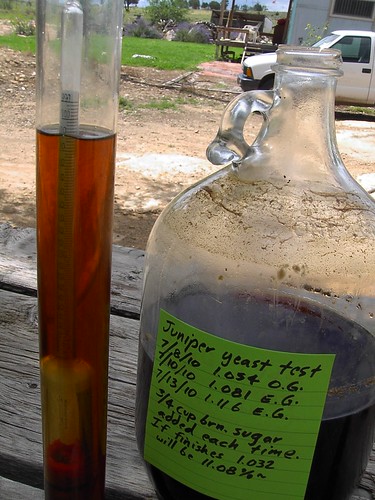
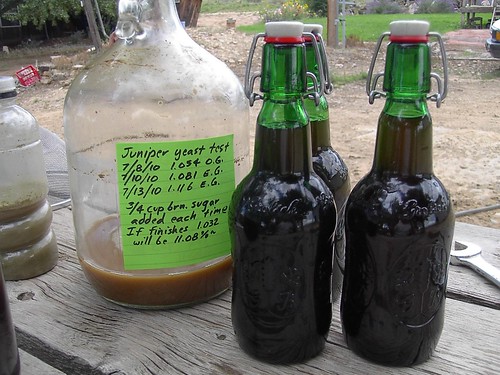
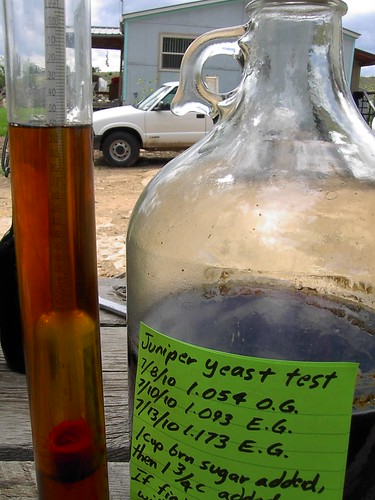
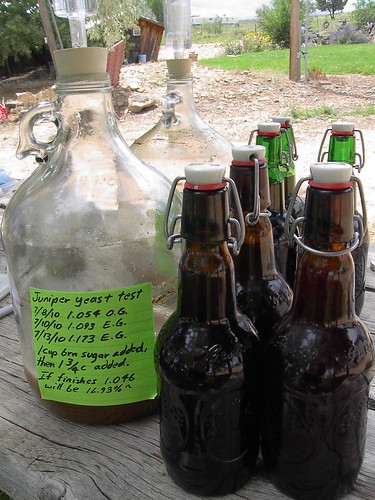

Gotta disagree with you on that; it's special because you isolated a good brewing yeast from the wilds of the juniper patch, following on the same trails our ancestral brewers did, until Louis Pasteur arrived on the scene. Seems alright to me.It's decent, nothing special
. . . . . I have been shaking the growler several times a day since Saturday afternoon. I now have a heavy layer of sediment in the bottle that is either yeast or plum(?) guts. I have yet to get a krausen , but there are foamy splotches floating ontop the wort.
When I checked it this morning, there was a strong yeasty smell, so I think something is happening. I plan to let it go a day or two longer, then if there are still no signs of infection, crash, decant and pitch into a fresh 1/2 gal starter.
Cheers!
Kevin








![Craft A Brew - Safale S-04 Dry Yeast - Fermentis - English Ale Dry Yeast - For English and American Ales and Hard Apple Ciders - Ingredients for Home Brewing - Beer Making Supplies - [1 Pack]](https://m.media-amazon.com/images/I/41fVGNh6JfL._SL500_.jpg)








Cool, keep us posted.I'm giving it a shot...
cool, keep us posted.
. . . . small whitish splotches would develop within a couple hours. . . . . .


Sounds like yeast rafts...
With good technique, one can isolate single colonies on one streak plate or use Hansen's pure culture technique. Then pick some of the single colonies onto secondary plates and test some. If one performs as desired, then keep it.There is no easy way to separate bacteria from yeast.
With good technique, one can isolate single colonies on one streak plate
or use Hansen's pure culture technique. Then pick some of the single colonies onto secondary plates and test some. If one performs as desired, then keep it.
True, but folks got this type of thing done before antibiotics and even the use of agar. Again, a part of that is just that, according to Guinard, yeast dominate the microflora from two weeks to a couple of months. I'd bet it's pretty reasonable to try it at that time vs. any other. Likely though if I were to do it, I'd follow your advice and plate on YPD supplemented with carbenicillin.(Much easier just to use antibiotic agar, in my eyes.)
It is not necessary that I convince anyone, though.
True, but folks got this type of thing done before antibiotics and even the use of agar. Again, a part of that is just that, according to Guinard, yeast dominate the microflora from two weeks to a couple of months. I'd bet it's pretty reasonable to try it at that time vs. any other. Likely though if I were to do it, I'd follow your advice and plate on YPD supplemented with carbenicillin.
Yep, I used to do it all the time for LB and usually didn't bother with the hood. (In a relatively clean environment, I can pour antibiotic free rich media without contamination on the bench.) But now we just buy our plates from Teknova. It still feels like cheating sometimes, but it's nice just to walk to a cold room full of plates and media and grab some.(In the lab it's added to agar after it's been sterilized, under a laminar flowhood using a filter to sterilize the carbenicillin.)
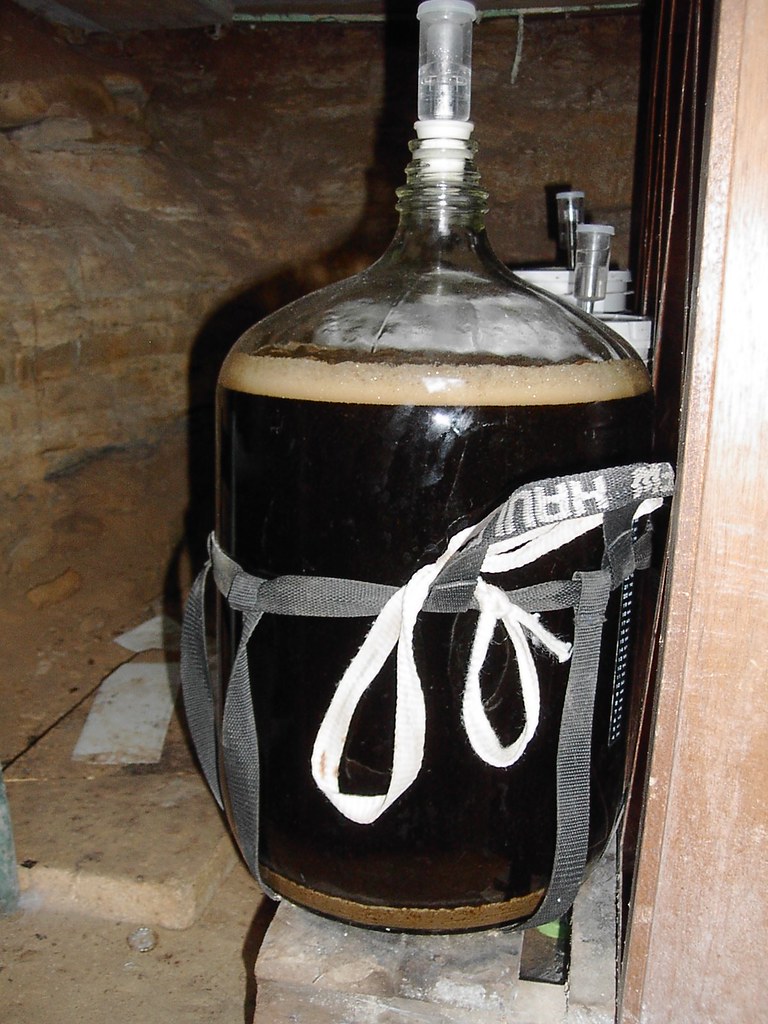
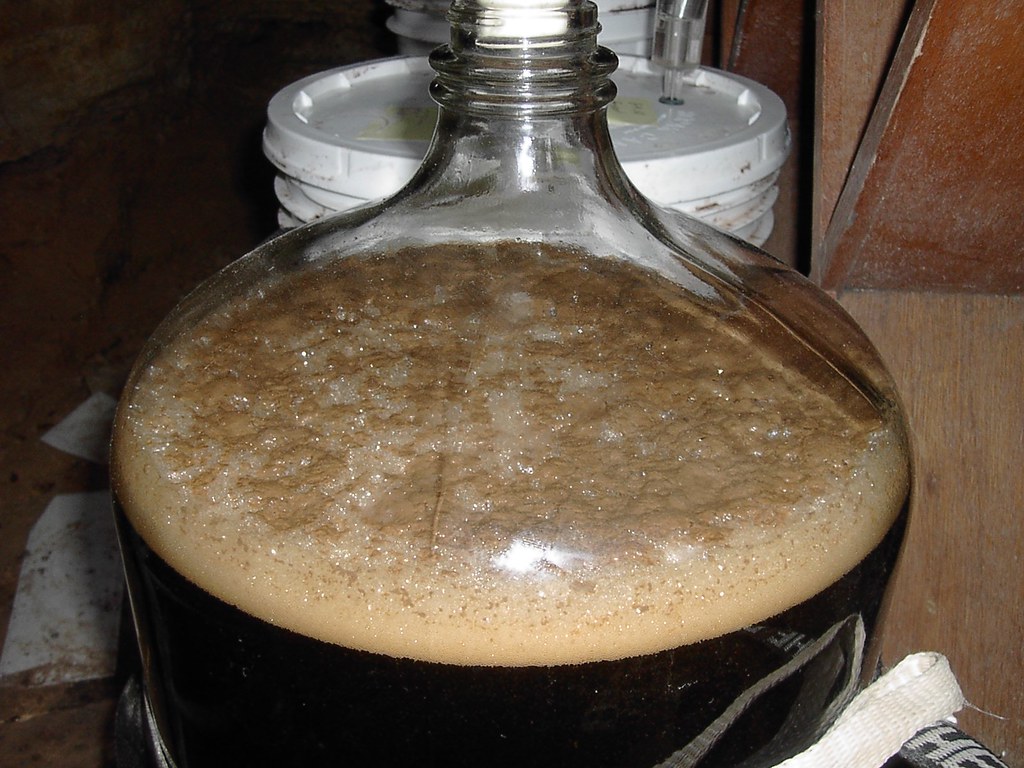

Looks like some of the crawl spaces I've seen in NC.What? Are you fermenting in cave!?!
Kevin, that's one of the reasons fermentation selects for yeast, there's a drop in pH. Also, acid washing is something pro brewers do.I am aware that a lot of common bacteria do not do well in a low PH environment nor do they tolerate dramatic changes in PH. Most yeast do not seem to be affected by a low PH environment and should remain!
I know that this is widely believed here, but after many thousands of subcultured plates in my academic life, I really doubt it's true. In my experience (and in "the conventional view" of it within microbiology), the yeast cells are reliably filthy with thousands of bacteria. It may not be visible without a microscope, or grow voraciously on the plate, but they've always been there when I looked (and, more distressingly, used the culture later). It is not surprising, in the end -- S. cervisiae is (very roughtly) fifty times bigger than bacteria, and bacteria are overwhelmingly more common, by a few orders of magnitude. Given enough diligence, and extremely good sterile technique there's no reason you couldn't manage it eventually, but it would be enormously time consuming and difficult. It's not as though it would amount to streaking the wort across the plate and grabbing a promising colony -- you'd need to do this hundreds of times before you managed to get a colony free of bacteria. (Much easier just to use antibiotic agar, in my eyes.)
It is not necessary that I convince anyone, though.
Certainly. But note that I originally said that there was no easy way to do it. Serial dilution subculturing is not easy by anyone's standards, even ignoring the difficulty of keeping hundreds of cultures sterile without access to a lab.
+1000I love this experiment laid out like this. Very interesting stuff.
What? Are you fermenting in cave!?! . . . . . .


I stepped up the 250ml juniper berry starter to a 2L starter (in a 4L flask). That spun for a few days, then I chilled it, and you can see the nice 1/2" of yeast that grew off those berries!
Decanted and pitched into a 1.040 wort that I party-gyled off a 12g batch of IPA. Pic below is that beer after 2 days. Nice full krausen on it. Actually this beer was going strong about 12 hours after pitching.

What temperature is it at?:rockin: